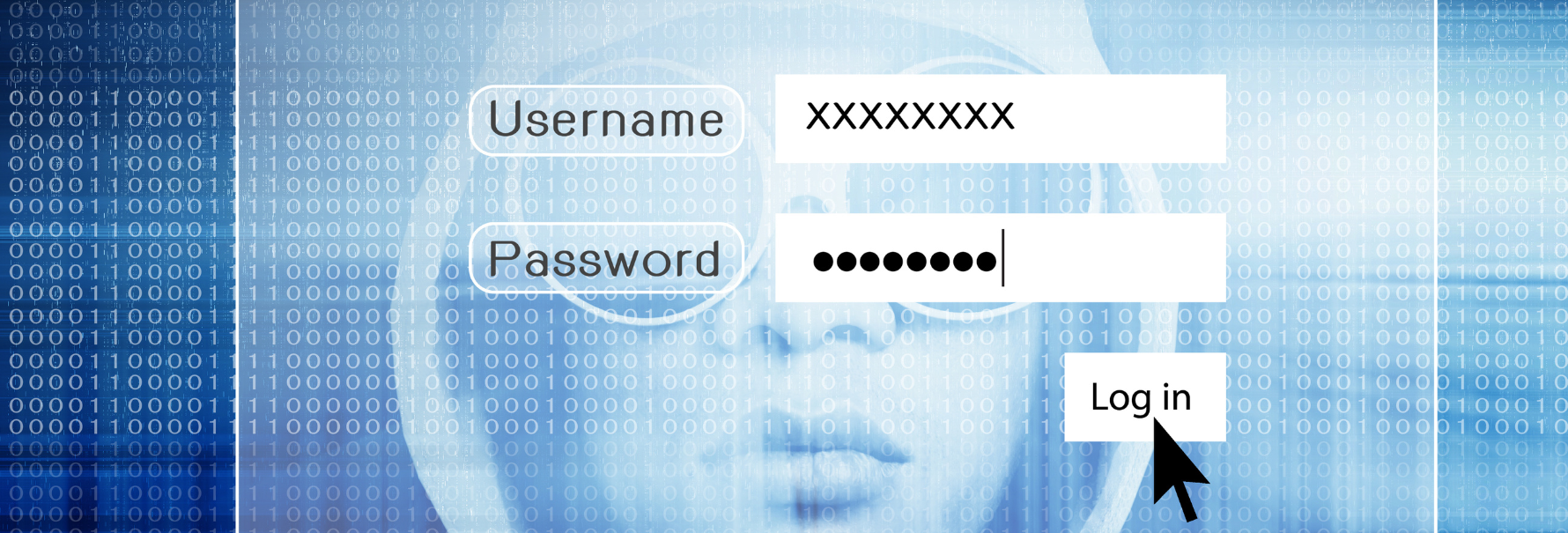Gazavat/Expiro Malware Spotted in Africa after Decade-Long Disappearance
2024-11-15
The cybersecurity landscape is usually described as "constantly evolving," and it's true - it is always important for businesses to be ready to face emerging threats with new technologies. But sometimes threats can lie dormant for years, waiting for the perfect conditions for their resurgence - just like real viruses. Computer viruses can stick around seemingly forever, waiting for a viable host to infect and spread from. One such example is the Expiro malware, a once-formidable but forgotten adversary. Recently, Expiro has resurfaced in Africa, more sophisticated and dangerous than ever before.
The Return of Expiro
On the 28th of October, threatSTOP Inc. issued a warning on their blog that a significant uptick in indicators of compromise (IOCs) had been detected relating to the Expiro virus. threatStop is a company that blocks network traffic from known IOCs, essentially offering companies a continuously updated blacklist of suspect IP addresses and preventing them from exchanging network traffic. This surge in traffic was said to originate in Zimbabwe.
Expiro is trojan, a type of virus that is hidden within files that are designed to look legitimate, such as downloads or email attachments. It was designed by bad actors to steal sensitive information, sending valuable data from infected devices back to them so that they can either sell it or abuse it themselves. It targets personal data, financial details, and other confidential information, which can then be exploited for identity theft, financial fraud, and various other malicious activities. The data exfiltrated by Expiro poses significant risks to individuals and organizations alike.
One of Expiro’s most concerning attributes is its ability to effectively embed itself into its target. The malware exhibits remarkable persistence, spreading itself into other executable files on the infected system (classifying it as a file-infecting malware) and using various techniques to avoid detection, including attaching itself to legitimate software. This can make it difficult to remove, as it will even attach itself to important system components.
According to threatStop, this is a recent variant of Expiro that has improved on itself by introducing more advanced evasion techniques. One such newly-introduced technique is known as "polymorphism" where the malware dynamically changes its code to evade antivirus scans. Additionally, Expiro uses encrypted communication channels to exfiltrate data, making it harder for security tools to intercept and analyze the traffic.
The State of Cybersecurity in Africa
The resurgence of Expiro highlights broader issues in cybersecurity, particularly in developing regions like Africa. According to a 2024 report by Dark Reading, Africa's economies are suffering from a "cybersecurity deficit". The continent has been dangerously delayed in its implementation of robust cybersecurity measures, with only 29 out of 54 countries having introduced any significant cybersecurity legislation. This lack of preparedness leaves many African countries vulnerable to cyber threats, including malware like Expiro.
Cybercrime poses a significant threat to businesses in developing nations, whose corporate budgets may consider cybersecurity an extravagance rather than a necessity. For example, even South Africa which represents Africa's most developed economy, poor cybersecurity measures significantly hinder economic growth as criminals continue to exploit its unprepared businesses and infrastructure. The World Bank’s World Development Report 2024 identifies cybersecurity as a concern in South Africa and similar "middle-income trapped" economies, going on to say that “ineffective cybersecurity protocols have a profound impact,” on robustness and growth.
Prevention and Mitigation
Given Expiro’s ability to evade detection and persist on infected systems, effective preventive measures are crucial. Here are some steps that businesses and people can take to protect themselves:
- Employ system patches: Regularly update your device and software to patch vulnerabilities that are being exploited by bad actors.
- Use Strong Security Solutions: Employ antivirus and network monitoring solutions that offer real-time protection.
- Practice Safe Browsing Habits: Exercise vigilance and good cyber hygiene when using the internet.
- Regular Backups: Ensure that you regularly back up important data to the cloud or to a secure external drive to recover quickly in the event of a malware attack.
Conclusion
Expiro’s resurgence is both a harsh reminder of the longevity of malware, as well as a warning sign for emerging economies around the world. As this decade-old malware adapts and evolves, it punctuates the importance of vigilance and proactive cybersecurity measures. By staying informed and adopting best practices, users can protect themselves against the renewed threat posed by Expiro and other resurgent malware. Additionally, addressing the cybersecurity deficit in regions like Africa is crucial in order to promote economic security and prosperity.
Sources
https://www.threatstop.com/blog/expiro-malware-a-decade-old-threat-resurfaces-with-a-vengeance
https://www.whiteblueocean.com/glossary/#accordion-glossary-t
https://www.trendmicro.com/vinfo/gb/security/definition/file-infecting-viruses
https://attack.mitre.org/techniques/T1027/014/
https://www.darkreading.com/cyber-risk/africa-s-economies-feel-pain-of-cybersecurity-deficit
https://iafrica.com/south-africa-must-cultivate-a-security-culture-as-cybercrime-continues-to-impact-economic-growth/
https://www.whiteblueocean.com/newsroom/become-hack-proof-with-cyber-hygiene/
The information contained in this article is provided for informational purposes only and does not constitute professional advice and is not guaranteed to be accurate, complete, reliable, current or error-free.

Related news

Hackers Are Using CAPTCHA as Attack Vector
2025-03-14Cybercriminals use malicious CHAPTCHAs to install stealers on victims' computers, collecting sensitive data such as emails, passwords, addresses, and financial information. We examine various attack methods, including watering hole attacks, ad abuse, and SEO poisoning, and provide practical tips for protecting yourself from these sophisticated threats.
Read more
New Mishing Campaigns Target Job Seekers
2025-01-31Mishing attacks, a form of mobile phishing, are being used in recruitment scams to target job seekers. These attacks involve sending fake job offers via SMS or messaging apps, leading victims to download malware onto their devices. This article explores the rise of mishing attacks, how they work, and the steps you can take to safeguard your personal information and financial data from these threats.
Read more
Law Abiding Netizens: How Legislation Can Counter Cybercrime
2025-01-17Cybercrime threatens global economies, with losses expected to hit $10.5 trillion by 2025. This article explores how the EU leads the global fight against cybercrime threats through legislation like GDPR and DORA, setting global standards for data protection and cybersecurity.
Read more
DDOS Attacks Rock The Italian Financial Sector
2025-02-21The Russian-based NoName057 group has targeted Italy's financial infrastructure with DDOS attacks, affecting banks and other critical organizations. These attacks are linked to Italy's support for Ukraine. The attacks highlight the need for businesses to implement real-time monitoring and advanced security measures to protect their infrastructure.
Read more
How governments fight Cybercrime: strategies and progress
2023-09-22The rise of cybercrime in recent years has been staggering. This article explores the actions and strategies employed by governments to protect citizens and institutions from the ever-evolving digital underworld.
Read more
API Vulnerabilities
2024-02-23APIs play a key role in our fast-paced digital landscape as they are incredibly useful to facilitate interactions between software communications. At the same time, they harbor many vulnerabilities that can compromise security. This article explores the most common ones and their potential consequences.
Read moreContacts
Let's talk
Please fill in the form below (fields with * are mandatory) and we will respond to your request as soon as possible!